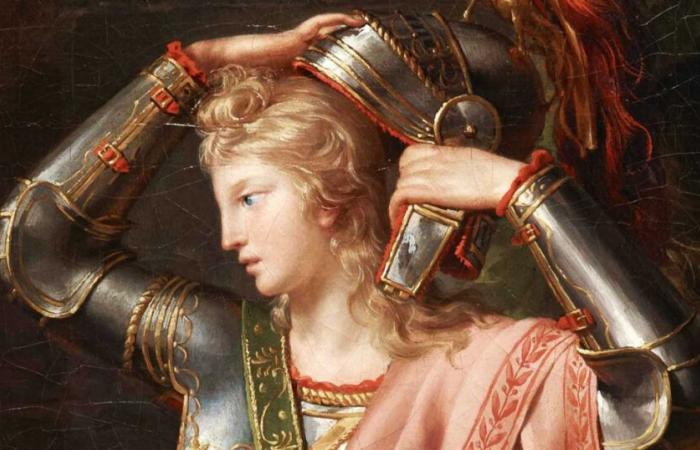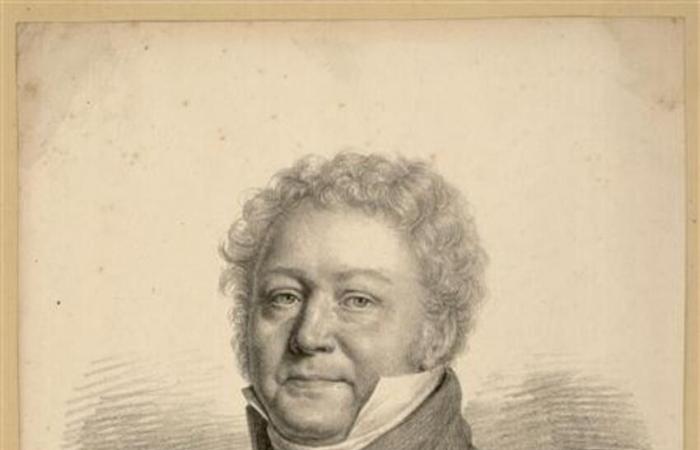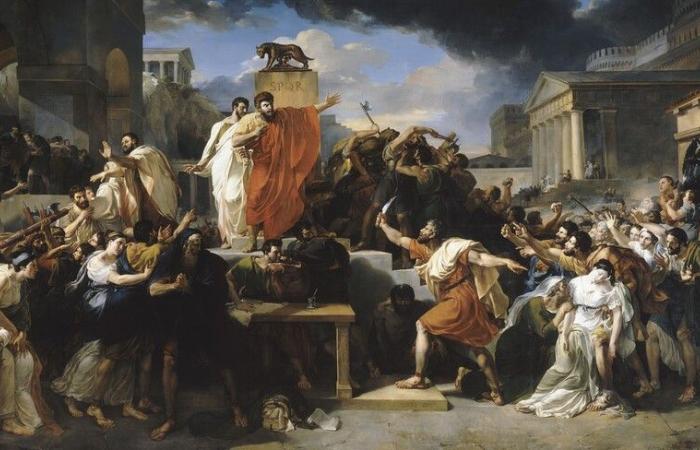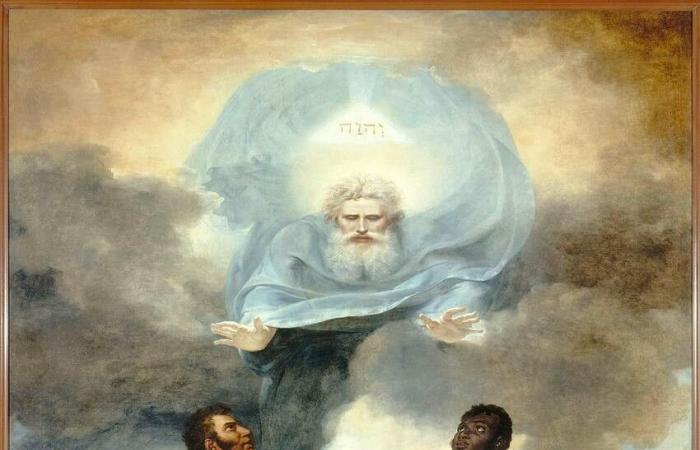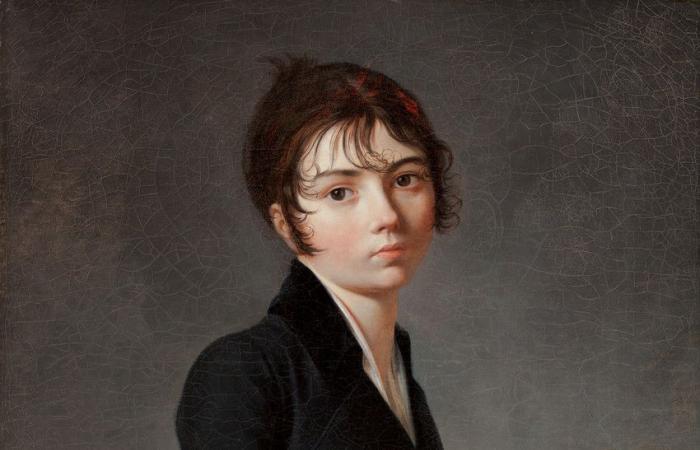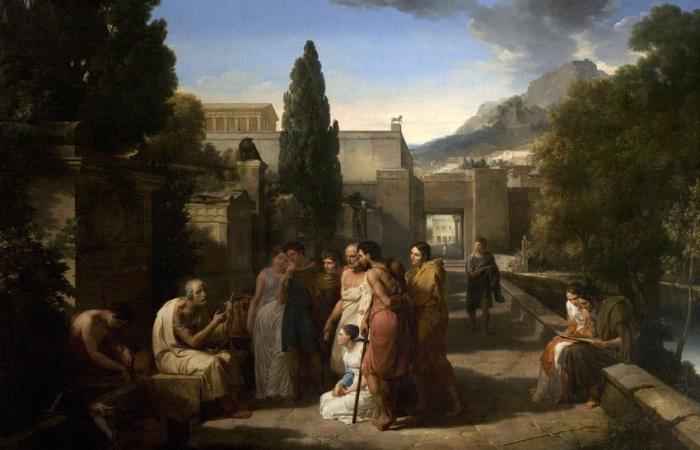Paris, April 22, 1832. As the funeral chariot pulled by four horses passes, an officer in uniform inquires about the name of the one being buried: “- It's Mr. Lethière. – Mr. Thiers? – No, Mr. Lethière. – M. de Thiais? – No, I tell you, Mr. Lethière, famous artist, former director of the School of Rome, member of the Institute. – Ah! I thought it was a character! » However, Guillaume Guillon Lethière (1768-1832) had been “a character”. But after a career which had earned him glory and honors, he had fallen into oblivion. While he was alive!
A son of a slave
His story is edifying. Born on January 10, 1760 in Sainte-Anne, on the island of Grande-Terre, in Guadeloupe which became a French colony in the 17th century.e century, Guillaume is the third child of Pierre Guillon, planter and king's attorney, and Marie-Françoise Pepeye, slave “mixed breed” Posted on an uncertain date. Was she still a slave in 1760? In this case, Guillaume himself would have been born a slave, as required by the Code Noir. Named “the Third”which the spelling of the time transcribed into Le Thiers or Lethièrethis third child only acquired his family name in 1799, five years after the abolition of slavery on the island, his father having officially recognized him and designated him as heir.
Julien Léopold Boilly, Guillaume Guillon Lethière, member of the Legion of Honor1822, lithograph, detail, Paris, ENSB-A. ©Photo RMN-GP.
A rival of David
In 1774, Mr. Guillon, clearly anxious to encourage his gifts for drawing, took Guillaume to France. Enrolled in classes at the Rouen Drawing School, the boy won several prizes for his academies. These successes led him to Paris and opened the doors of the prestigious Royal Academy of Painting. In the workshop of the painter Doyen, he is the classmate of Jacques-Louis David, soon his rival. After several attempts, he won the Prix de Rome in 1786. A resident of the French Academy in Rome until 1791, he devoted himself to the study of ancient architecture and works of the Italian Renaissance and drew in the Roman campaign. He designed an ambitious project of four large paintings inspired by Roman history. Prepared by numerous drawings and sketches, Brutus condemning his sons to death (first version, Clark Art Institute) and The Death of Virginia (1828) will be among his most famous compositions.
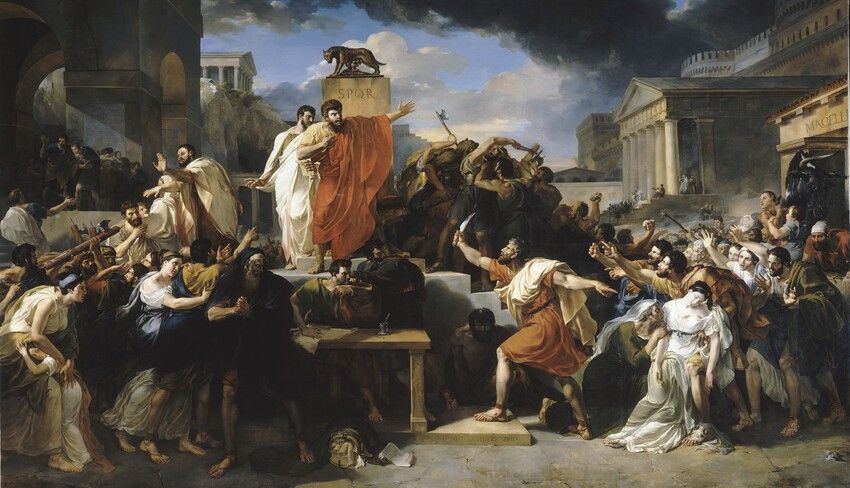
Guillaume Guillon Lethière, The Death of Virginia1828, oil on canvas, 458 x 778 cm, Paris, Louvre museum. ©RMN press photo.
Lethière shares the ideals of the Revolution. THE “examples of virtue” (examples of courage) Romans exalt patriotism and bravery. They draped themselves in the trappings of neoclassicism, the new style of which Lethière revealed himself, with David, to be one of the most famous representatives. On his return to Paris in 1792, his submissions of historical paintings and portraits to the Salon were favorably received. His career took off under the Directory. A prominent artist, he opened a workshop on rue Childebert, near Saint-Germain-des-Prés. Lethière welcomed the Caribbean community of Paris into his home where he had many friends, such as the Knight of Saint-Georges and General Dumas, father of the author of Three Musketeers. Like them, he is a remarkable fencer. HAS « la Childebert »we cross swords. So much so that Lethière will have to go into exile in Germany after killing an opponent…
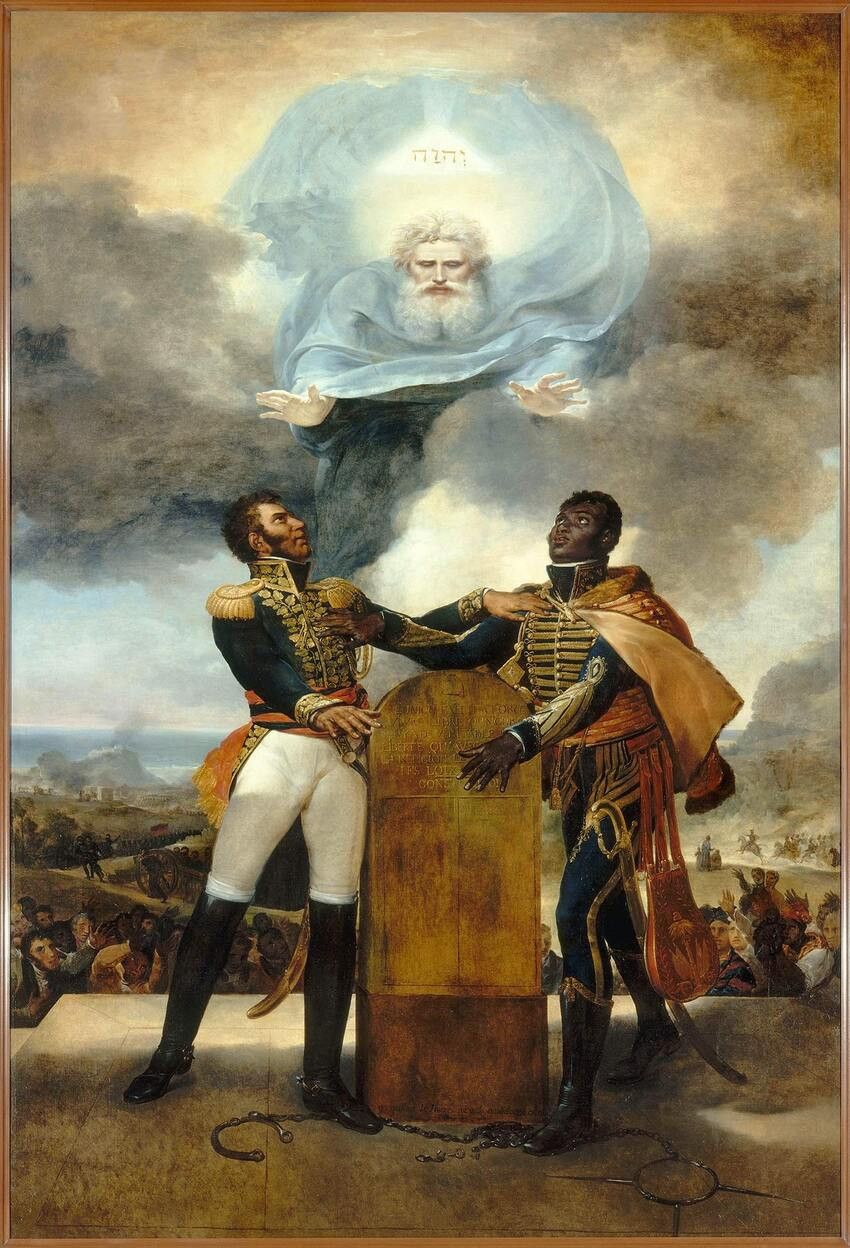
Guillaume Guillon Lethière, The Oath of the Ancestors1822, oil on canvas, 400 x 300 cm, detail, Haiti, Port-au-Prince, national museum. ©Photo RMN-GP.
A relative of the Bonapartes
In 1800, he followed Lucien Bonaparte, brother of Napoleon, in his embassy to Spain. He advised him and assisted him in building his collection of Spanish paintings. This link with the Bonaparte family had happy repercussions under the Empire in terms of official orders, Peace of Leoben (1805) au Portrait of Empress Josephine (1807). When slavery was reestablished in the colonies, Lethière naturally sided with the abolitionists. His commitment will be publicly manifested in the large composition The Oath of the Ancestors, celebrating the independence of Haiti. Proudly signed Guillon Lethière “born in Guadeloupe in 1760”it was offered by the artist to the Haitian nation in 1822 and placed in the cathedral of Port-au-Prince. Now kept at the Haitian National Pantheon Museum, the painting is exceptionally returning to Paris for the Louvre exhibition.
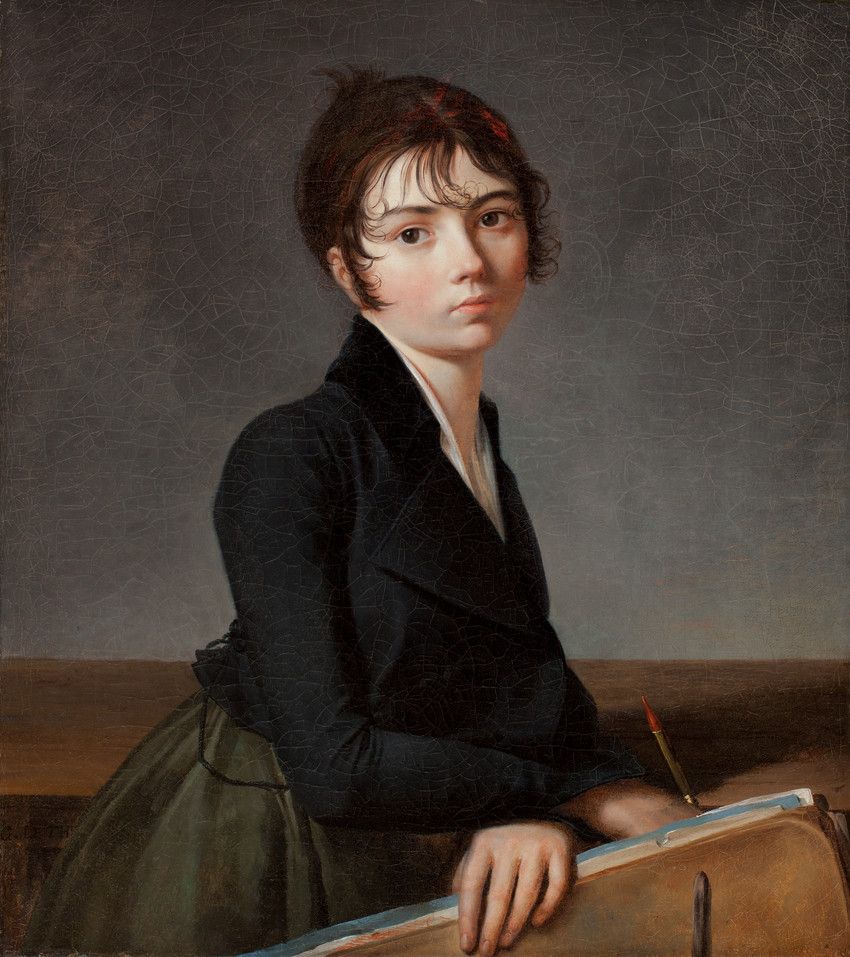
Guillaume Guillon Lethière, Young woman leaning on a walletv. 1709, oil on canvas, 63.5 x 56.4 cm, Worcester Art Museum. ©Bridgeman Images press photo.
In 1807, the painter was appointed director of the French Academy in Rome, which had just left the Mancini Palace for the Villa Medici. He restored the institution, its palace and its gardens. A resident with a bright future draws a portrait of Lethière and his family in pencil. His name is Ingres. In Rome, Lethière performed three of his most ambitious compositions, Homer singing his Iliad at the gates of Athens, The Judgment of Paris et Brutus condemning his sons to death (large version from the Louvre). Elected in 1816 to the Academy of Fine Arts, Lethière, compromised by his connections with the Empire, had to wait two years for Louis XVIII to ratify his election. Knight of the Legion of Honor in 1818, he was appointed professor at the School of Fine Arts the following year. But at the Salon of 1831, his gigantic revival of The Death of Virginia is greeted with indifference. The heroes are tired and ancient virtue no longer pays!

Guillaume Guillon Lethière, Homer singing his Iliad at the gates of Athens1811, oil on canvas, 48 x 72 cm, detail, Nottingham City Museums & Galleries. ©Bridgeman Images press photo.
“Guillon-Lethière, born in Guadeloupe”
Louvre Museum, 75001 Paris
from November 13 to February 15
Guillaume Guillon Lethière – conference at Artchipel – Guadeloupe October 25, 2018

